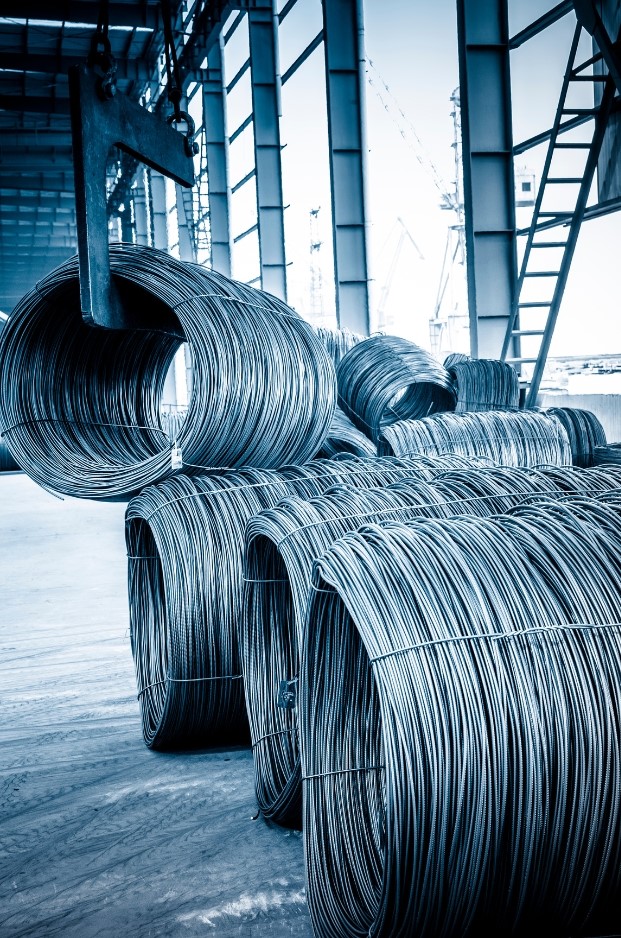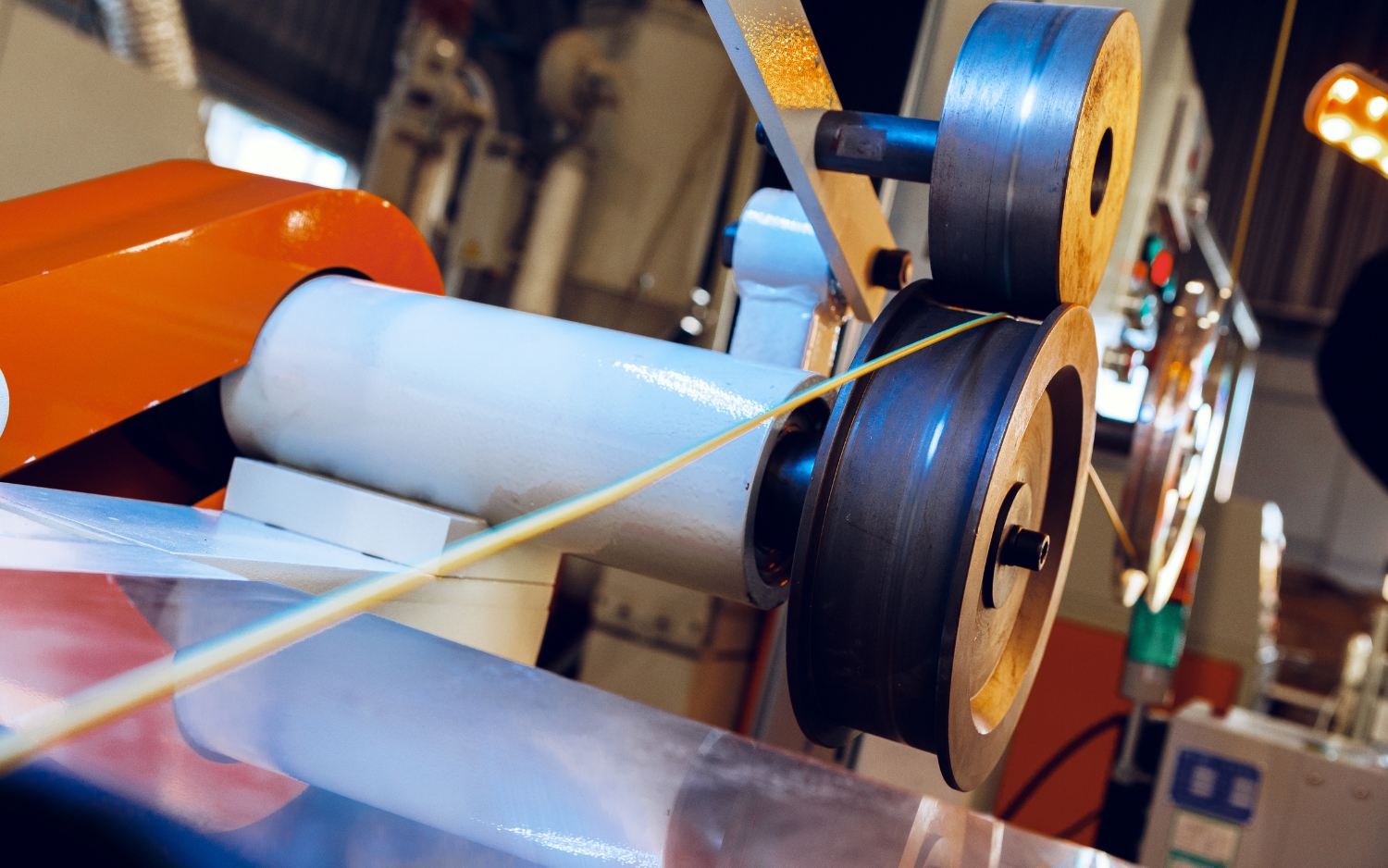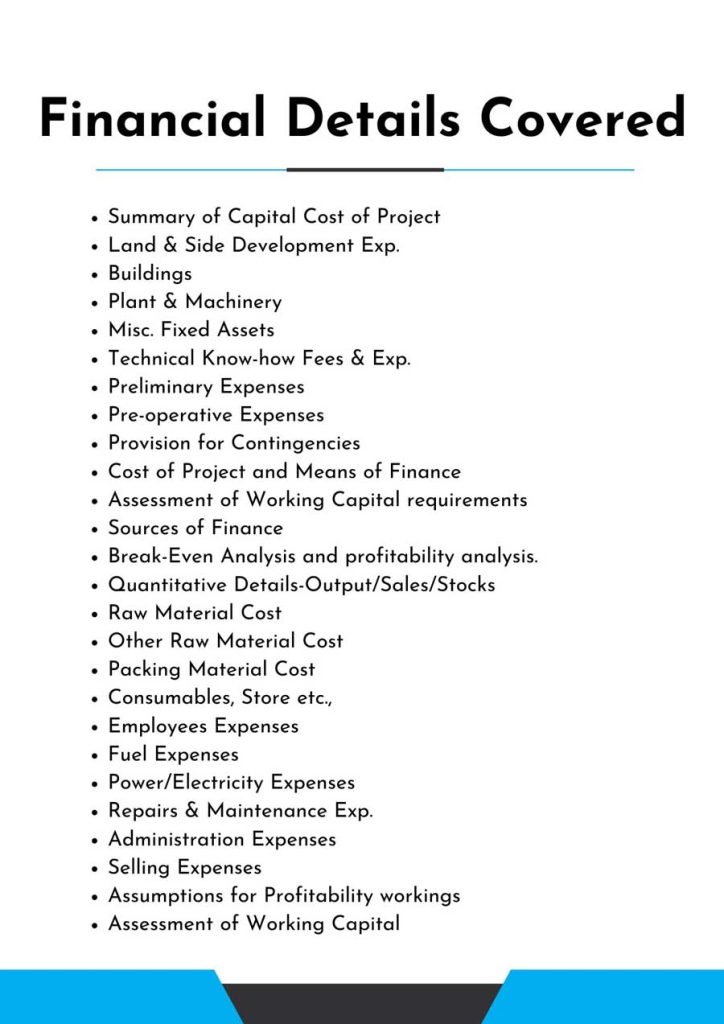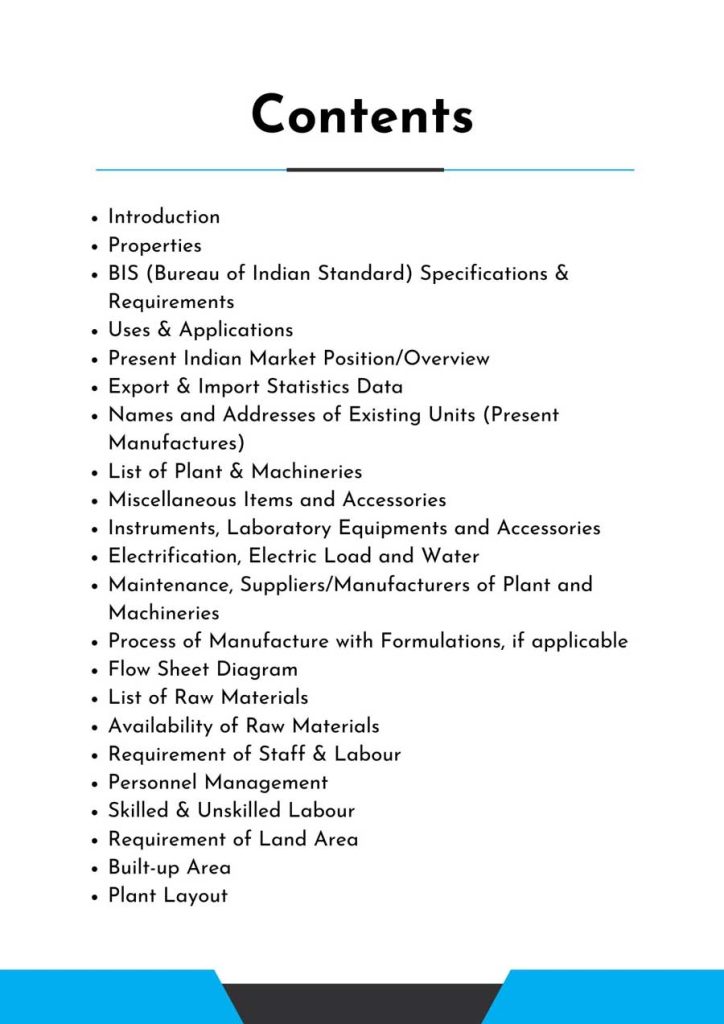Feasibility Report On Cable Manufacturing
Cable Manufacturing are companies that produce various types of cables used for electricity transmission, telecommunications, and data transfer. They play a crucial role in connecting the world by providing essential components for power supply and communication networks.

Introduction
Feasibility Report For Cable Manufacturing.
A cable is a conductor or collection of conductors used in electrical and electronic systems to transport electric power or telecommunication signals from one location to another. Telephones, wired radios, computers, teleprinters, facsimile machines, and televisions use electrical signals to communicate voice messages, computer data, and visual images. The line between an electric wire and an electric cable is hazy.
The first phrase typically refers to a stranded conductor or an assemblage of insulated conductors, whereas the latter term typically refers to a single, solid metallic conductor, with or without insulation. Electrical signals are transformed to light pulses for transmission of audio, video, and computer data via fibre-optic cables comprised of flexible glass and plastic fibres.
Cable manufacturing is a complex and important industrial process that involves the creation of numerous types of cables used for carrying power, data, and signals in a variety of applications. These cables are critical components in many industries, including power distribution, telecommunications, information technology, transportation, and many more.
The cable production process is divided into several steps, each of which necessitates careful engineering and quality control to assure the cables’ dependability and efficiency. The process starts with raw materials, which are often copper or aluminum conductors and various types of insulating and protective materials such as PVC, XLPE, or rubber.

Feasibility Report Sample On Cable Manufacturing



Market Strategy of Cable Manufacturing
The global market for cable management was projected to be worth USD 21.23 billion in 2021. It is predicted to grow at a CAGR of 7.93% from 2022 to 2030, reaching USD 42.19 billion.
Globally, technological innovation has raised the need for energy, fast connectivity, lots of bandwidth, and data centralization. Additionally, there is a large growth in the demand for new HVDC cables and cable overheads. For safe and efficient resource utilisation, appropriate cable management is crucial. The rise of the cable management business has also been fueled by the public’s growing knowledge of technology and its pervasive use.
The cable and wire market is very large and diverse. The cable management market’s direct end customers include the information technology, electricity, construction, and telecommunications industries. Raw materials such as copper, rubber, plastic (thermoplastics), aluminum, and others are common.


Prices fluctuate due to the regional distribution of raw material suppliers. Raw material price fluctuations add to market instability, and some operate as roadblocks in the worldwide cable management industry. The cables market research is divided into three categories: installation type, voltage type, and end use. The market is separated into three types of installations: above, underground, and undersea. In terms of revenue, the over head segment dominated the market in 2020 and is likely to continue in the forecast period.
The market is segmented by end use into industrial, aerospace & defense, oil & gas, energy & power, IT & communications, and others. In terms of revenue, the IT and telecommunications category dominated the market in 2020, and this trend is likely to continue during the forecast period.



